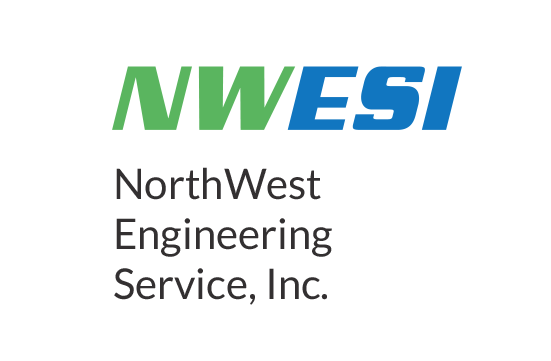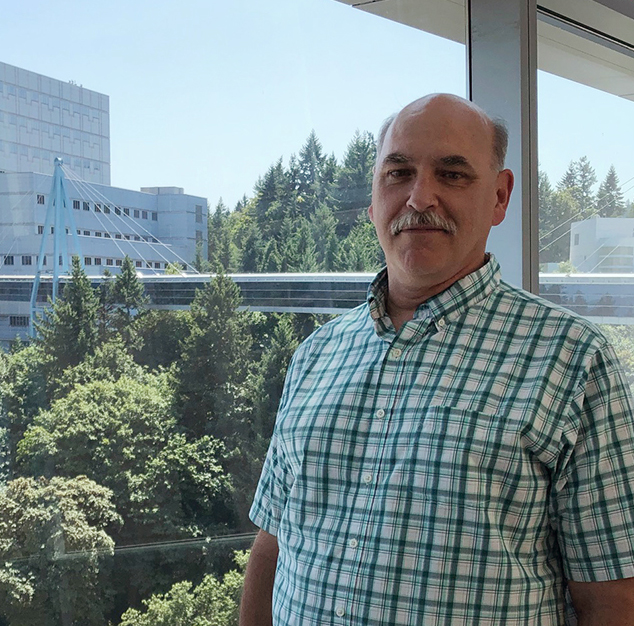“One of the things I learned doing management in the Site Sustaining Division (SSD) area is that it’s easy for a manager to lose touch of what it takes day-to-day to get the work done. So after a few years it’s like, Why is it taking these guys so long to get this done? And you go out and help for a week or two and you realize: oh yeah, you need to coordinate to get room access, building security, or specialized equipment. Keeping your hand in the field work keeps you realistic about how you expect work to get done from a management perspective.”
—Bruce Gilpin, Site Sustaining Division Manager
Interview:
What is your current position?
I’m the manager of the Site Sustaining Division which provides ongoing support for our clients.
How long have you been with NWESI?
I’ve been with NorthWest Engineering for 33 years.
Over the years you’ve been in the industry, what were some changes you saw?
When I first came to work at NorthWest Engineering—I was employee number 13—there was a backlog of clients that were waiting for us to get to their job for over 6 months which nowadays is absolutely unheard of, but back in the day there weren’t a lot of people providing TAB services in the Portland market. There were basically two other companies—small 1 or 2 person teams—and we had very loyal clients who were willing to wait for us.
The technology in terms of how we control systems and the instrumentation that we use has changed. TAB services are easier nowadays whereas before it wasn’t; it was fussy work and a lot of people didn’t want to do it. Controls used to be pneumatic which were really fussy—it could take years to train individuals to make appropriate adjustments and to be adept at troubleshooting systems. There was a period of about 7 years where the transition from pneumatic to digital controls was really painful. Integrating the new digital controls with the pneumatic controls required a new skill set that took the controls contractors time to develop. Instrumentation used today for TAB services is of course digital and easier to use, more accurate and reliable.
How have work sites changed?
Today it’s kind of unheard of but I once had 12 people working on a site simultaneously. Nowadays if you have 2 or 3 people on-site it’s considered a large project. Not only has the way we do work changed to help reduce the labor required but the size and types of projects that the SSD division work on are generally smaller. It was kind of nice having large projects where you could spend up to a year on a site and see it grow from where we picked up on it, come into production and being able to produce a product the client wanted.



